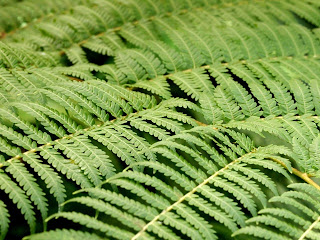By Brendan Keenan, Penn Camera
Tysons Corner
If you are even a casual photographer in the D.C. area, and you aren't really excited, than you must not have heard.
Fotoweek DC is back! Kicking off on November 5th with a launch party highlighting the winners of this year‘s international photography contest at the Corcoran Gallery of Art, Fotoweek DC then runs almost nonstop, with events lasting all week from November 6th through the 13th. Fotoweek DC D.C. is the area's largest photographic event, and regardless of skill level, or field of photography,
Fotoweek DC offers something for EVERYONE!
There will be photo galleries and exhibitions naturally, all around the area, including at the National Gallery of Art, the Corcoran Gallery of Art and College of Art and Design, the National Geographic Museum, and many other locations around town. The list is truly extensive, with multiple events on any given day. There will also be conferences and lectures from some of the biggest names in international photography and photojournalism, as well as instructors in photography, even Pulitzer Prize winning photographers will be in attendance. This is truly a huge event for the photographic community in the area, stretching across D.C., Maryland and Virginia and bringing together people from all over the world.
If you can't take the entire week off of work and just experience it all (my recommendation), there are some highlights that shouldn't be missed. One of the most popular from years past has been the NightGallery, consisting of nighttime photo projections done around the city. At night, the city lights up with huge images projected across some of the most beautiful, stunning architecture that DC has to offer. The effect is truly awe-inspiring, and should be a must see for everyone. Sites include the Corcoran Gallery and the American Red Cross on 17th street, as well as DuPont Circle, the Satellite Central in Georgetown, as well as several museums in the area; including the Holocaust museum, and the Newseum. More information can be found on the official website, Fotoweek DCdc.org. If the Georgetown area is convenient for you, then check out Satellite Central on M street. It will feature photographic presentations, as well as music on Thursday, November 11th, and a “slideluck potshow” on Friday the 12th that will be half great home cooked dining, half riveting slideshow. With everything going on this Fotoweek DC, you have no excuse not to be there.
There are plenty of events to keep everyone interested, so make it a family day and go see what Fotoweek DC has to offer. If you have any interest in photography whatsoever, Fotoweek DC has at least five things for you. This festival is only in its third year, but it is quickly becoming one of the most popular photographic events in the country. Just check out the website, it has all the information on the galleries, night events, contests, the event calendar, etc.
Penn Camera is proud to be a Platinum Sponsor of Fotoweek DC, joining other such names in photography as Epson, Getty images,
Nikon, and many more. This is the type of annual event that is certain to draw thousands of photographers, both from right here at home, and around the globe. If you already live here, you really have no reason to miss out on this huge, educational, and just plain fun event. It only comes once a year, so let’s all help make this year’s Fotoweek DC the best ever!














